Home>Garden Essentials>How Do You Prune Groundcover Roses?
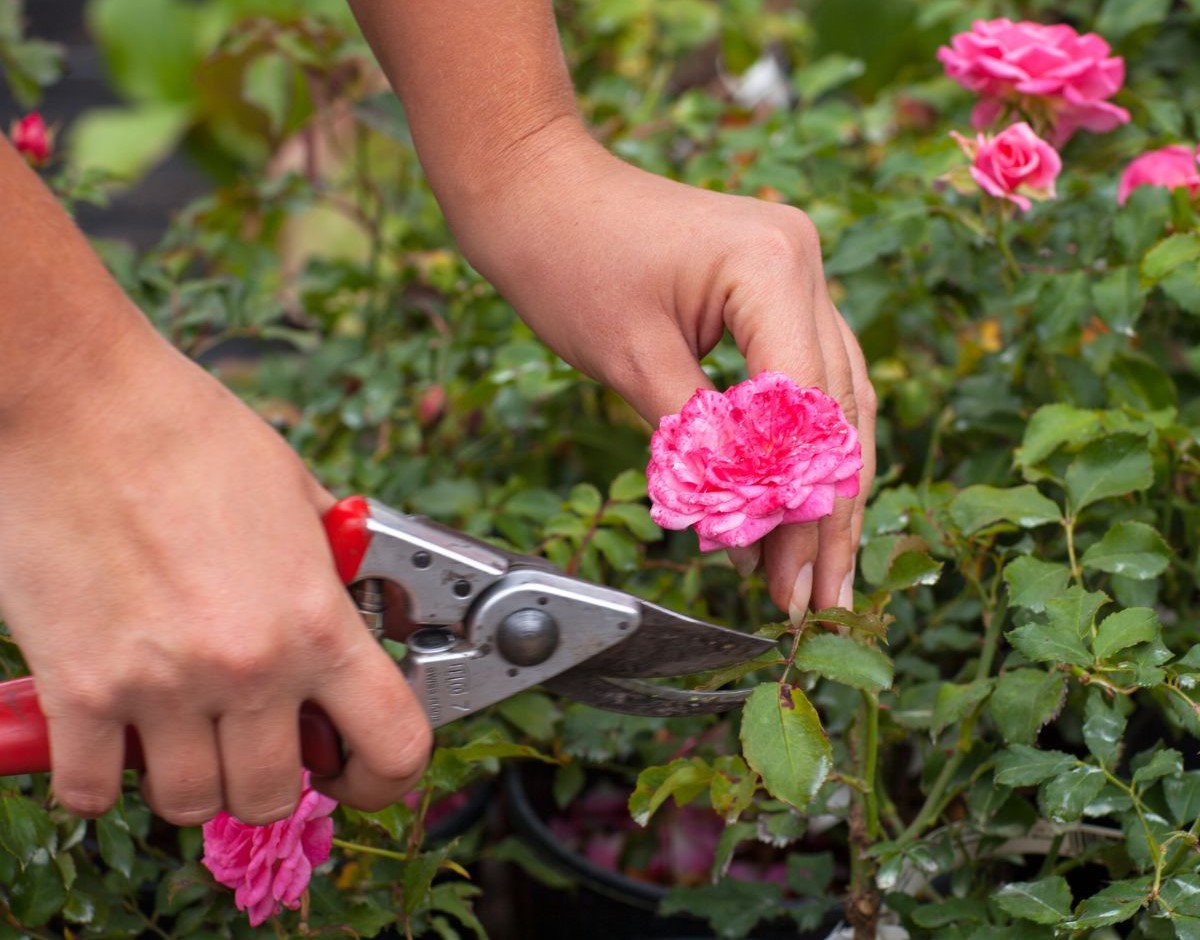

Garden Essentials
How Do You Prune Groundcover Roses?
Modified: March 7, 2024
Learn the best techniques for pruning ground cover roses in your garden and keep your plants healthy and beautiful. Discover expert tips and tricks now!
(Many of the links in this article redirect to a specific reviewed product. Your purchase of these products through affiliate links helps to generate commission for Storables.com, at no extra cost. Learn more)
Introduction
Ground cover roses are a beautiful addition to any garden. These low-growing flowering plants not only provide vibrant color and fragrance but also serve as an effective ground cover, suppressing weeds and adding visual interest to the landscape. To keep your ground cover roses looking their best, proper pruning is essential.
In this article, we will explore the art of pruning ground cover roses and provide you with a step-by-step guide to ensure your plants thrive. Whether you are a seasoned gardener or a beginner, understanding how and when to prune is crucial for maintaining the health and beauty of your ground cover roses.
Pruning not only helps to shape the plant and promote healthy growth but also encourages the production of more blooms. By removing dead or diseased wood, you can prevent the spread of diseases and promote better airflow. Pruning also helps to control the size of the plant, preventing it from overshadowing other plants in the garden.
So, grab your gardening gloves and let’s delve into the wonderful world of pruning ground cover roses!
Key Takeaways:
- Pruning ground cover roses in early spring promotes healthy growth and abundant blooms. Use clean, sharp tools and address pests and diseases for thriving, vibrant roses.
- Ground cover roses are low-maintenance, disease-resistant plants that suppress weeds and add vibrant color to your garden. Prune in early spring for a stunning, healthy display.
Read more: What Are Groundcover Roses
Understanding Ground Cover Roses
Ground cover roses, also known as landscape roses or prostrate roses, are a specific type of rose cultivar that spreads horizontally rather than vertically. Unlike traditional rose bushes that grow upright, ground cover roses have a trailing growth habit, making them perfect for filling in empty spaces, cascading over walls, or carpeting large areas of the garden.
These roses typically have smaller flowers compared to their bushier relatives but make up for it with abundance. They come in a wide range of colors, including red, pink, white, and yellow, allowing you to choose the perfect hues to complement your garden design.
One of the key features of ground cover roses is their ability to suppress weeds and create a dense mat of foliage. The foliage is usually glossy and disease-resistant, making these roses low-maintenance options for gardeners. Due to their spreading nature, they also help to prevent erosion on slopes and steep banks.
Ground cover roses are versatile plants that thrive in various soil conditions, including sandy, loamy, or clay soils. They are generally more tolerant of poor soil and can withstand periods of drought once established.
These roses are also known for their hardiness, making them suitable for a wide range of climates. However, it is always a good idea to choose ground cover rose varieties that are specifically bred for your region to ensure optimal growth and performance.
Whether you are looking to add a splash of color to a rock garden, cover bare spots in your flower beds, or create a border along pathways, ground cover roses are an excellent choice. With their sprawling beauty and low-maintenance qualities, they are sure to become a standout feature in your garden.
When to Prune Ground Cover Roses
Pruning ground cover roses at the right time is crucial for their overall health and blooming potential. Generally, ground cover roses should be pruned in early spring, just before new growth begins. This timing allows the plants to recover from the pruning cuts and encourages vigorous growth throughout the growing season.
However, the exact timing of pruning can vary depending on your specific climate and the specific variety of ground cover roses you have. It is essential to consider the local weather patterns and frost dates to determine the optimal time for pruning.
Here are some general guidelines to follow when pruning ground cover roses:
- Prune in late winter or early spring: As mentioned, pruning ground cover roses should ideally be done in late winter or early spring, before new growth emerges. This timing allows the plants to renew their energy and direct it towards healthy growth and flowering.
- Avoid pruning during freezing temperatures: It is crucial to avoid pruning ground cover roses during freezing temperatures or when the plants are dormant. Pruning during these times can damage the plant and hinder its ability to recover.
- Consider local climate: Take into account the unique climate of your region. If you live in an area with mild winters, you may be able to prune slightly earlier. Conversely, if you experience harsh, frost-prone winters, it may be best to wait until the risk of frost has passed.
While early spring is the prime time for pruning ground cover roses, there may be situations when you need to perform light pruning throughout the year. This includes removing dead wood, crossing branches, or any damaged or diseased growth. If you notice any issues with your ground cover roses, such as pest infestation or disease, it is essential to address them promptly through pruning.
Remember, proper pruning techniques and timing can greatly impact the health, shape, and blooming of your ground cover roses. By following the guidelines specific to your climate and variety, you can ensure your roses thrive and delight you with a spectacular show of blooms.
Tools Required for Pruning
Having the right tools for the job makes pruning your ground cover roses much easier and more effective. Here are some essential tools you’ll need to have on hand:
- Pruning Shears: Also known as hand pruners or secateurs, pruning shears are a must-have for any gardener. Look for a sharp pair of bypass pruning shears, which have two blades that pass by each other as they cut. These are ideal for making clean cuts without crushing the plant tissue.
- Loppers: Loppers are larger, long-handled pruners with a similar cutting mechanism to pruning shears. They are useful for cutting through thicker branches that are too large for regular pruning shears. Choose loppers with sharp blades and comfortable handles for easy use.
- Pruning Saw: A pruning saw is essential for cutting through larger branches that cannot be handled by pruning shears or loppers. Look for a saw with sharp teeth and a comfortable grip to make the task more efficient.
- Gloves: Pruning can be a prickly business, so it’s important to protect your hands with a pair of sturdy gardening gloves. Choose gloves made from breathable material that fit well and provide enough dexterity to handle the tools comfortably.
- Protective Eyewear: When pruning, it’s wise to wear protective eyewear to shield your eyes from flying debris or accidental branch snaps. Safety goggles or glasses are essential for keeping your eyes safe during the pruning process.
- Cleanliness Supplies: To prevent the spread of disease, it’s crucial to keep your pruning tools clean between cuts and between plants. Have a bucket of warm soapy water or a disinfectant spray on hand to sanitize your tools. Additionally, keep a rag or paper towels nearby to wipe away any sap or debris from the blades.
Investing in high-quality pruning tools will not only make the task easier and more efficient but also ensure precise and clean cuts, promoting the healthy growth of your ground cover roses. Regularly clean and maintain your tools to keep them in excellent condition, as well as to prevent the transmission of diseases.
By having these essential pruning tools at your disposal, you’ll be well-equipped to tackle the pruning needs of your ground cover roses and ensure they stay healthy, tidy, and ready to bloom beautifully.
When pruning ground cover roses, focus on removing dead or diseased branches, as well as any crossing or overcrowded stems. Cut back about one-third of the oldest canes to encourage new growth and maintain a tidy appearance.
Step-by-Step Guide to Pruning Ground Cover Roses
Pruning ground cover roses may seem daunting, but with the right approach, it can be a straightforward and rewarding task. Follow this step-by-step guide to ensure you prune your ground cover roses effectively:
- Inspect the plant: Before you begin pruning, take a close look at your ground cover roses. Identify any dead, damaged, or diseased branches that need to be removed. Also, look for any crossing or rubbing branches that may hinder healthy growth.
- Clean and sanitize your tools: Before you start pruning, make sure your pruning tools are clean and sanitized. Dip your tools in warm soapy water or use a disinfectant spray to reduce the risk of spreading diseases between plants.
- Start with dead wood: Begin by removing any dead, dried, or brown branches. Cut these branches back to the base where they are attached to the main stem. This helps to maintain the overall health of the plant and prevent the spread of diseases.
- Deal with damaged or diseased wood: Next, identify and remove any damaged or diseased branches. Cut these branches back to healthy tissue, making sure to make clean cuts just above a bud or leaf node.
- Thin out crowded growth: If your ground cover roses have become densely packed, it’s important to thin out the growth to allow better airflow and sunlight penetration. Select some of the older or weaker branches and remove them completely, cutting them back to the base.
- Shape the plant: Once you’ve addressed dead, damaged, and crowded growth, focus on shaping your ground cover roses to the desired size and form. Trim back the branches to maintain a uniform shape and promote a more compact and tidy appearance.
- Clean up and dispose of pruned material: Collect and discard all pruned material, including leaves and branches. Dispose of them in a compost pile, green waste bin, or as per your local regulations.
- Maintain regular pruning: Pruning is not a one-time task; it’s an ongoing process. Regular pruning, done annually or as needed, will help keep your ground cover roses healthy, vigorous, and blooming profusely.
Remember, it’s important to always use sharp and clean pruning tools, make clean cuts just above a bud or leaf node, and take your time to ensure precision in your pruning techniques. With practice and patience, you’ll become more confident in pruning your ground cover roses and promoting their optimal growth and beauty.
Read more: Pruning Roses: 15 Smart Tips You Must Know
Pruning Tips for Healthy Growth
Pruning ground cover roses not only shapes the plant and enhances its appearance but also promotes healthy growth and abundant blooming. To ensure the best results, consider the following pruning tips:
- Use clean and sharp tools: Before you start pruning, make sure your pruning tools are clean and sharp. Clean tools help prevent the spread of diseases, while sharp tools make clean cuts and minimize damage to the plant.
- Prune at the right time: Prune your ground cover roses in early spring, just before new growth begins. This timing allows the plant to recover quickly and encourages vigorous growth throughout the growing season.
- Remove dead and diseased wood: Regularly inspect your ground cover roses for any dead or diseased branches. Prune them back to healthy tissue to prevent the spread of diseases and improve overall plant health.
- Thin out crowded growth: Ground cover roses can become densely packed over time. Thinning out crowded growth by selectively removing some branches promotes better airflow and sunlight penetration, reducing the risk of diseases and promoting healthier growth.
- Promote outward growth: Encourage your ground cover roses to grow outward rather than upward. Prune branches that grow towards the center of the plant to redirect growth and maintain an open and attractive form.
- Prune for shape and size control: Regular pruning helps you maintain the desired shape and size of your ground cover roses. Trim back branches to control their spread and prevent them from encroaching on other plants or areas of the garden.
- Seal large pruning cuts: If you need to make large pruning cuts on thicker branches, it is recommended to seal the cuts with pruning paint or wound sealant to prevent disease entry. However, this step is optional for most standard pruning cuts.
- Monitor and adjust: Keep an eye on the growth of your ground cover roses throughout the growing season. If you notice any excessive or unruly growth, you can perform light pruning as needed to maintain their shape and prevent them from overtaking the garden.
Remember, each pruning cut you make has an impact on the growth and appearance of your ground cover roses. Take your time, step back regularly to assess your progress, and don’t be afraid to adjust your pruning approach to suit the specific needs of your plants.
With proper pruning techniques and regular maintenance, your ground cover roses will flourish, producing an abundance of beautiful blooms and providing an enchanting carpet of color in your garden.
Dealing with Pests and Diseases
Ground cover roses, like any other plant, can be susceptible to a variety of pests and diseases. However, with the right knowledge and proactive measures, you can protect your roses and keep them healthy. Here are some common pests and diseases that may affect ground cover roses and how to deal with them:
Pests:
- Aphids: These small, soft-bodied insects feed on the sap of the plant, causing distorted growth and honeydew buildup. Use insecticidal soap or neem oil to control aphids, or introduce natural predators like ladybugs.
- Spider Mites: These tiny pests can cause yellowing leaves and webbing on the plants. Spray the affected plants with a strong stream of water to dislodge them, or use a miticide if the infestation is severe.
- Japanese Beetles: These metallic green beetles can devour the foliage and flowers of ground cover roses. Handpick and destroy them or use organic insecticides labeled for Japanese beetle control.
- Rose Sawflies: The larvae of sawflies eat through rose leaves, causing skeletonized foliage. Handpick and destroy the larvae, or use insecticides labeled for sawfly control.
Diseases:
- Blackspot: This fungal disease causes black spots on the leaves, which eventually turn yellow and drop. Remove infected leaves and treat with fungicides labeled for blackspot control.
- Powdery Mildew: Powdery mildew appears as a white powdery coating on the leaves. Improve air circulation, avoid overhead watering, and use fungicides labeled for powdery mildew control if necessary.
- Rust: Rust appears as orange or brown pustules on the undersides of leaves. Remove and destroy infected leaves, improve airflow, and apply fungicides labeled for rust control if needed.
- Botrytis Blight: This gray mold causes flowers to turn brown and rot. Remove and discard affected blooms, improve air circulation, and avoid overhead watering to minimize conditions favorable for the disease.
Preventive Measures:
Preventing pests and diseases is often easier than dealing with a full-blown infestation or infection. Here are some preventive measures you can take:
- Keep plants healthy: Well-maintained, healthy plants are less prone to pests and diseases. Provide adequate water, proper nutrition, and maintain good sanitation practices in your garden.
- Plant selection: Choose disease-resistant ground cover rose varieties that are known to be less susceptible to common rose diseases.
- Prune properly: Prune ground cover roses to open up the plant and improve air circulation, as this helps prevent the development and spread of diseases.
- Regular inspection: Regularly inspect your plants for any signs of pests or diseases. Catching the problem early can make treatment easier and more effective.
- Clean tools and equipment: Clean and sanitize your pruning tools and equipment regularly to prevent the transfer of diseases from one plant to another.
By practicing good garden management techniques and promptly addressing any signs of pests or diseases, you can keep your ground cover roses healthy and thriving throughout the growing season.
Conclusion
Pruning ground cover roses is an essential task for maintaining their health, shape, and blooming potential. By following the proper techniques and timing, you can ensure that your ground cover roses remain vibrant, robust, and a standout feature in your garden.
Understanding the nature of ground cover roses and their growth habits is key to successful pruning. These low-growing plants spread horizontally, making them perfect for filling in empty spaces and adding visual interest to your garden. Their ability to suppress weeds, their disease-resistant foliage, and their versatility in various soil conditions make them a popular choice for many gardeners.
Knowing when to prune is crucial. Early spring, just before new growth begins, is generally the ideal time for pruning ground cover roses. However, it’s important to consider your local climate and weather patterns to determine the optimal timing for your specific region.
Equipped with the right tools, such as pruning shears, loppers, and a pruning saw, you’ll be ready to confidently tackle the pruning process. Regularly inspect your plants, removing dead, damaged, or diseased wood, thinning out crowded growth, and shaping the plant to maintain its desired size and form.
While pruning, it’s essential to also address any pest or disease issues. Common pests like aphids, spider mites, and Japanese beetles, as well as diseases like blackspot and powdery mildew, can impact the health and appearance of your ground cover roses. Taking preventive measures, such as keeping plants healthy, practicing good sanitation, and regularly inspecting for signs of pests and diseases, can prevent and minimize problems.
In conclusion, with proper pruning techniques, attention to timing, and proactive pest and disease management, your ground cover roses will flourish, providing you with a stunning display of color, fragrance, and beauty in your garden. So, get your pruning tools ready, put on your gardening gloves, and enjoy the rewarding process of pruning your ground cover roses to create a thriving and captivating garden space.
Frequently Asked Questions about How Do You Prune Groundcover Roses?
Was this page helpful?
At Storables.com, we guarantee accurate and reliable information. Our content, validated by Expert Board Contributors, is crafted following stringent Editorial Policies. We're committed to providing you with well-researched, expert-backed insights for all your informational needs.

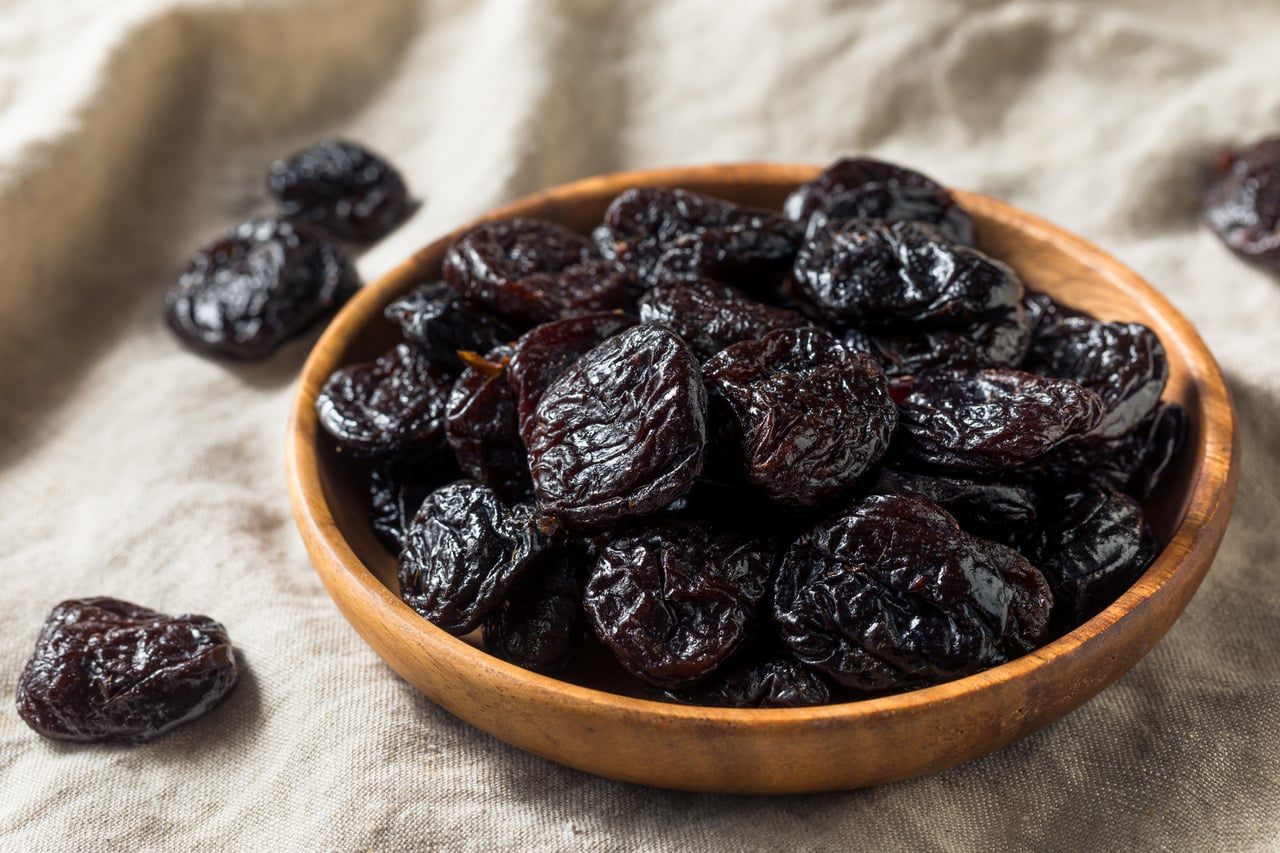
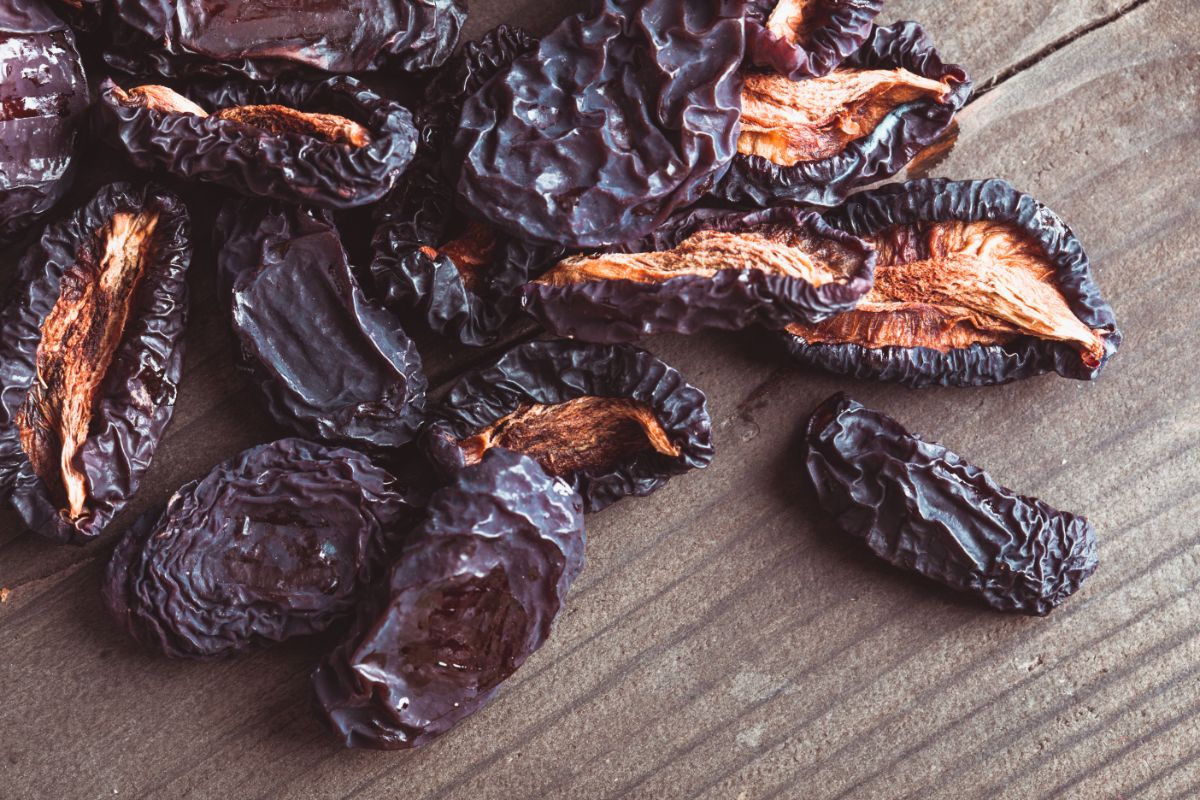
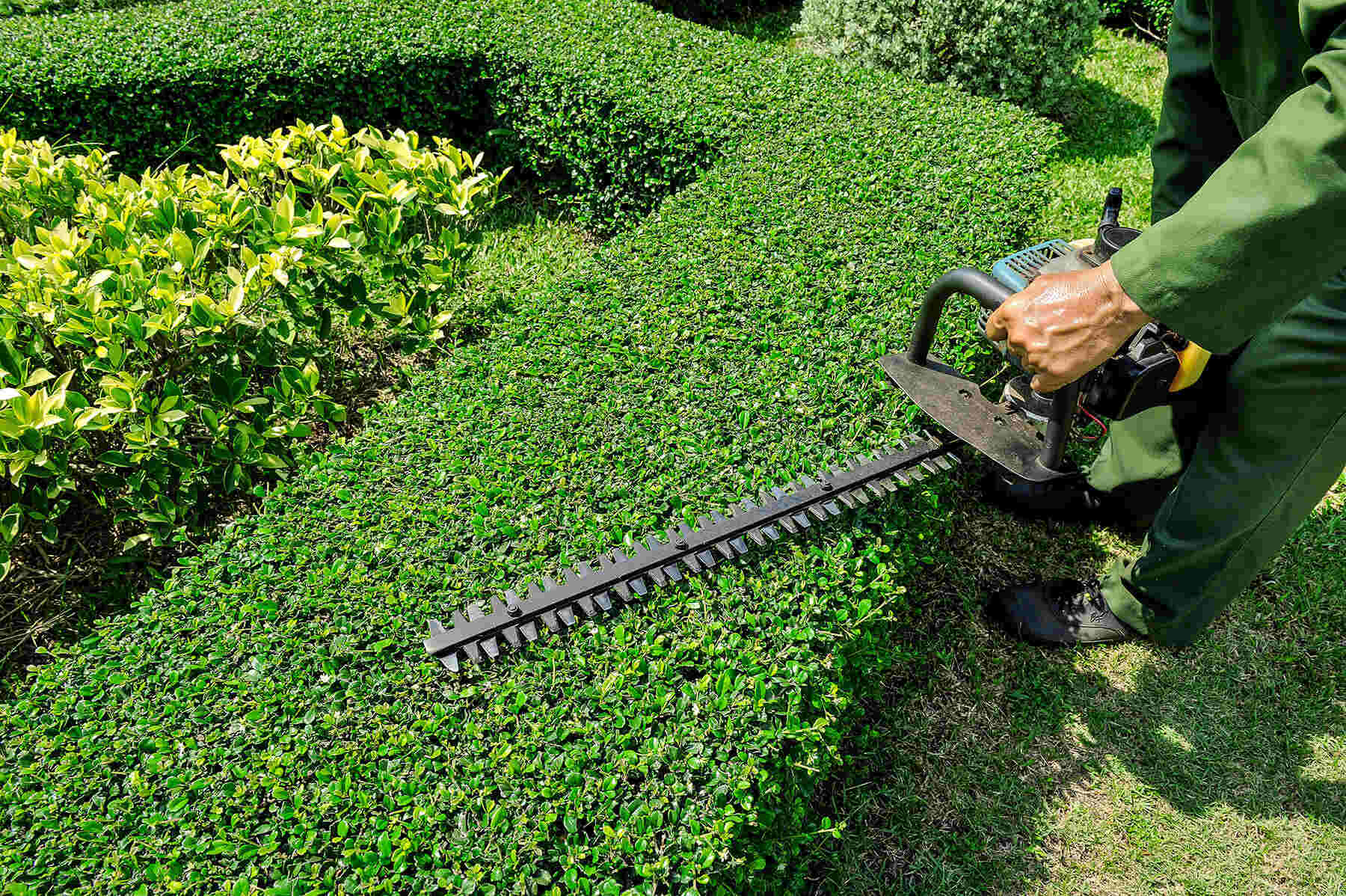

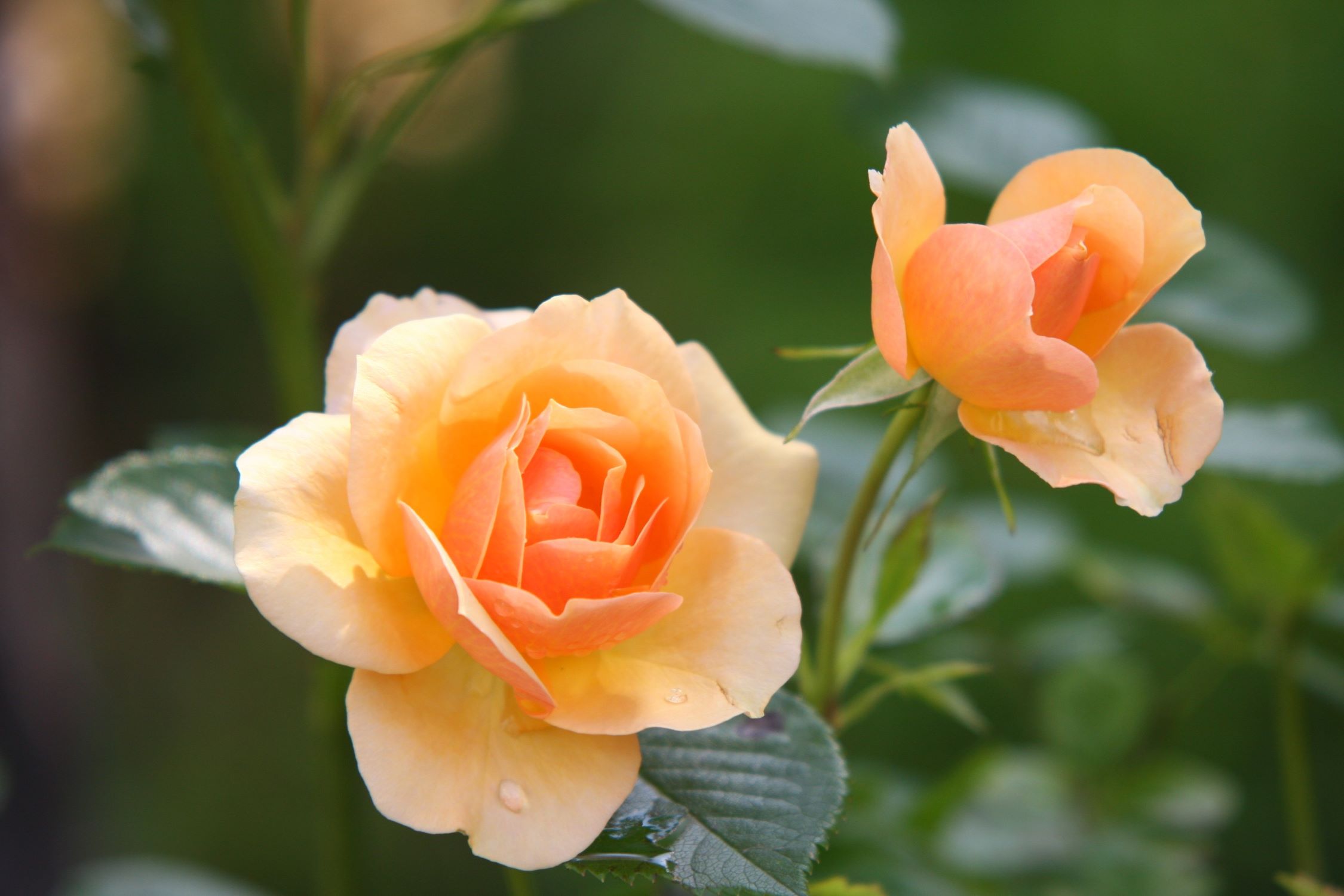
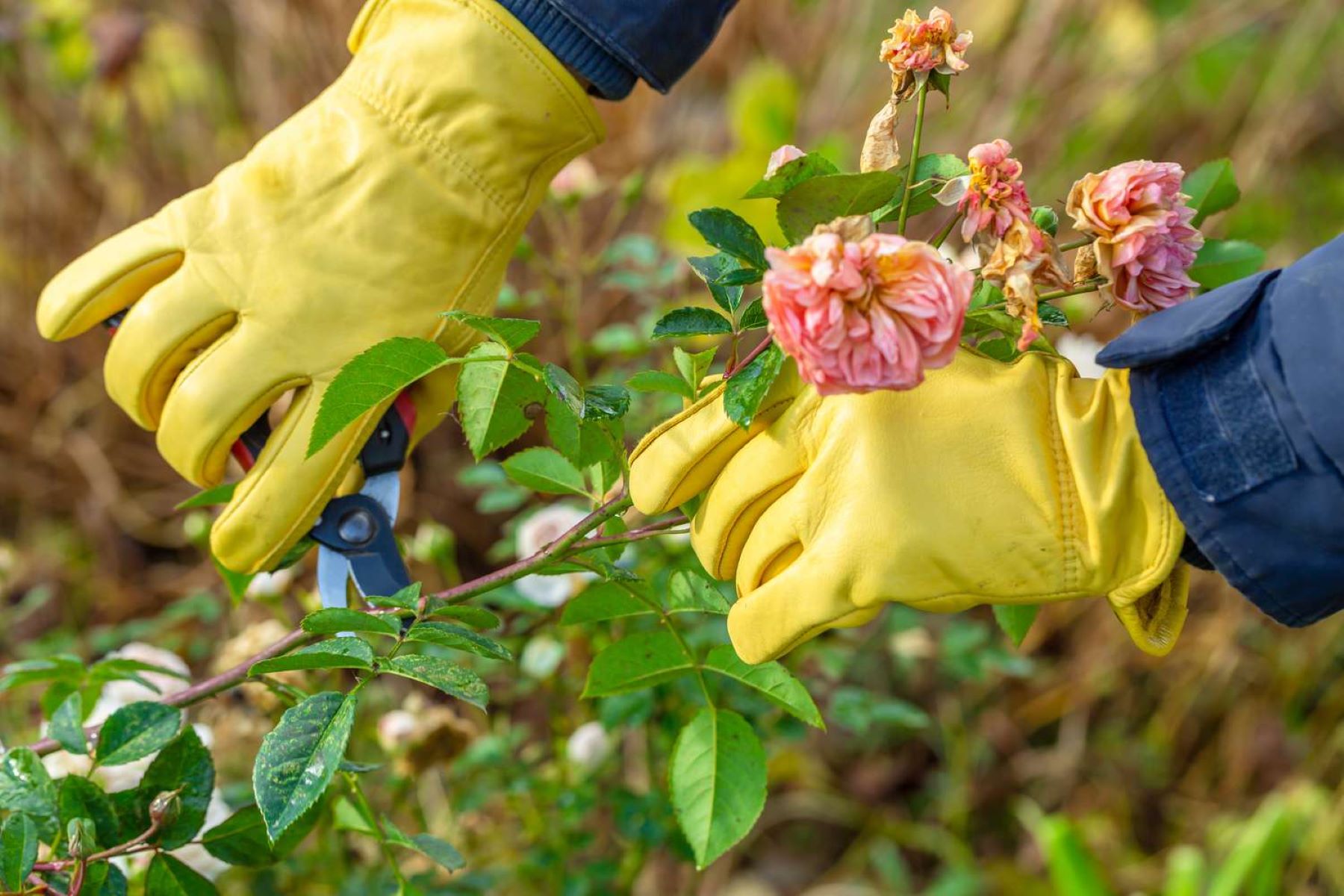
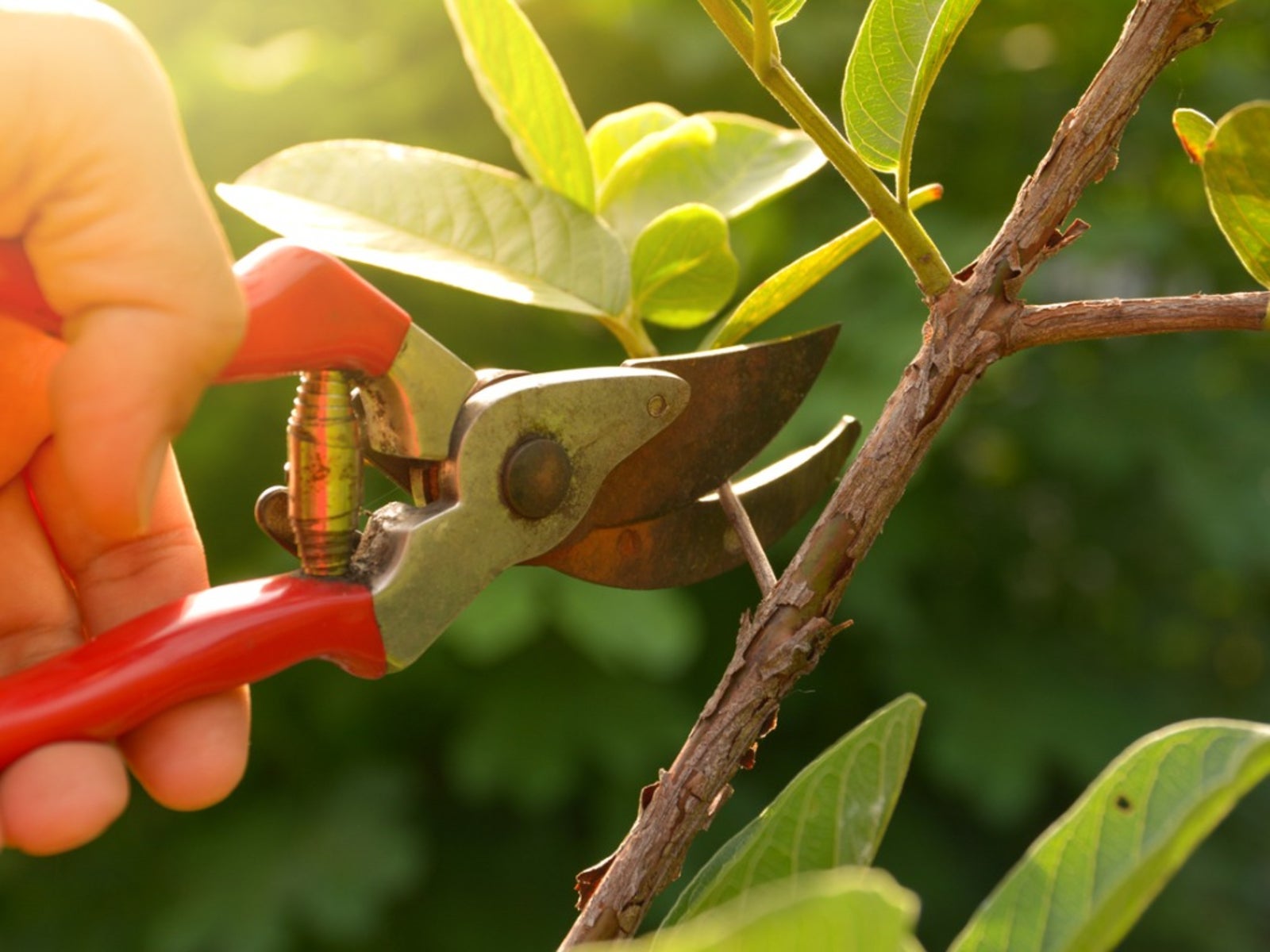


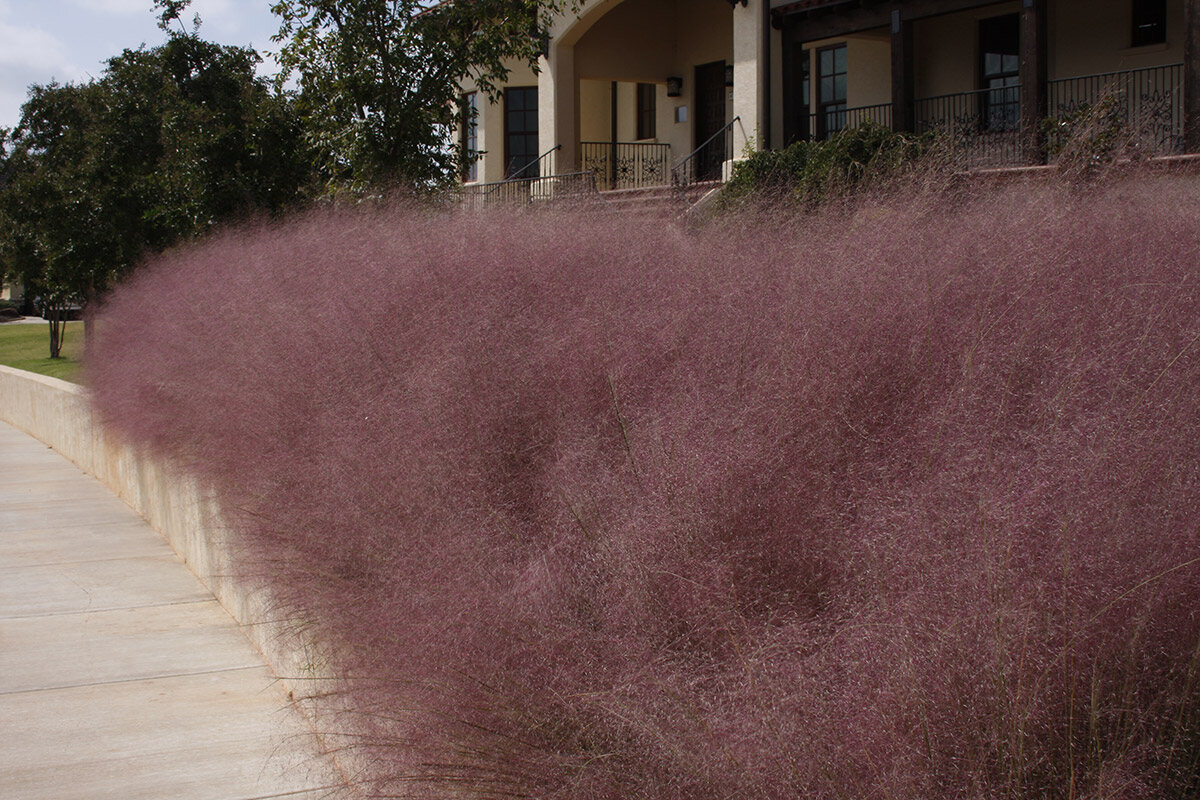
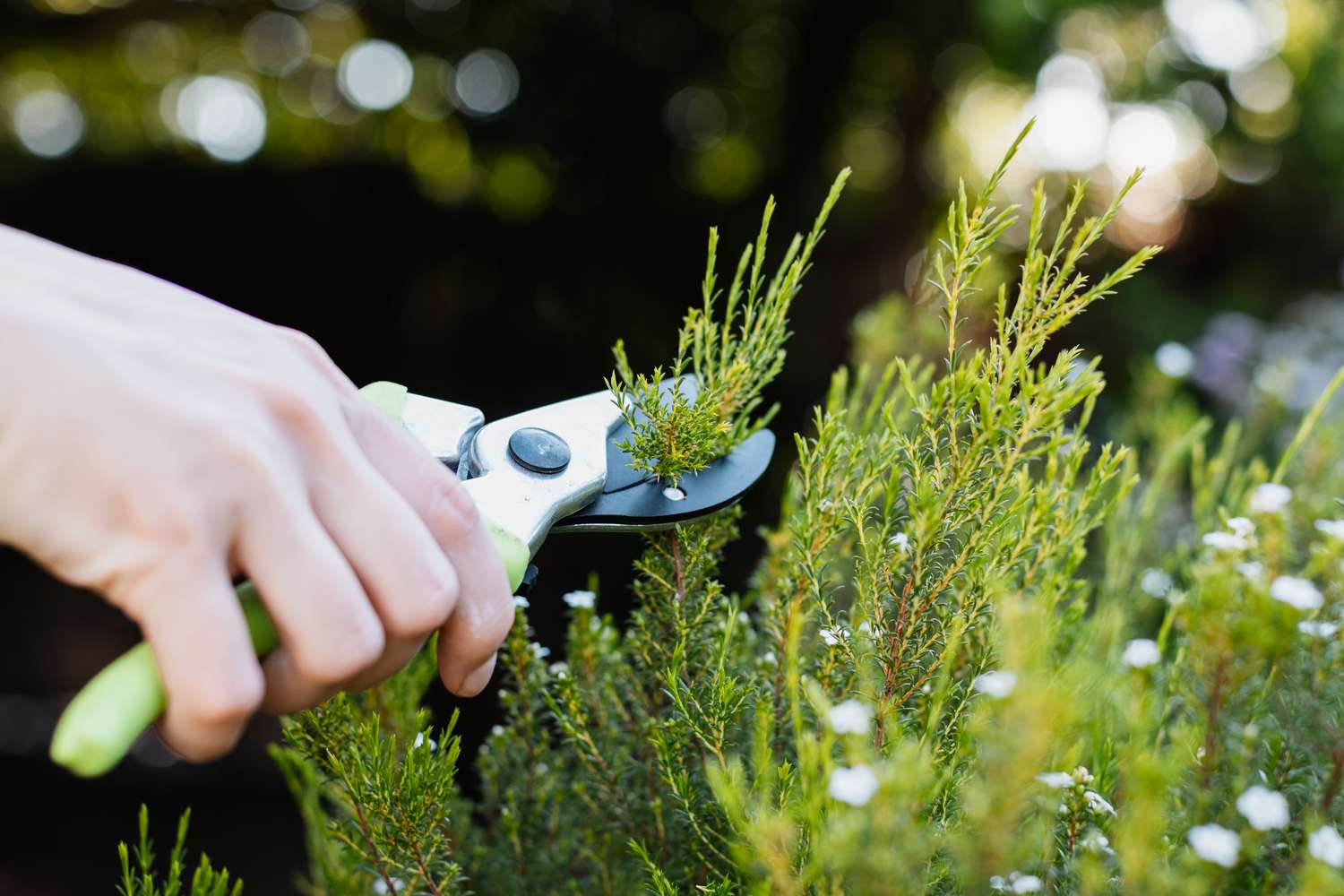
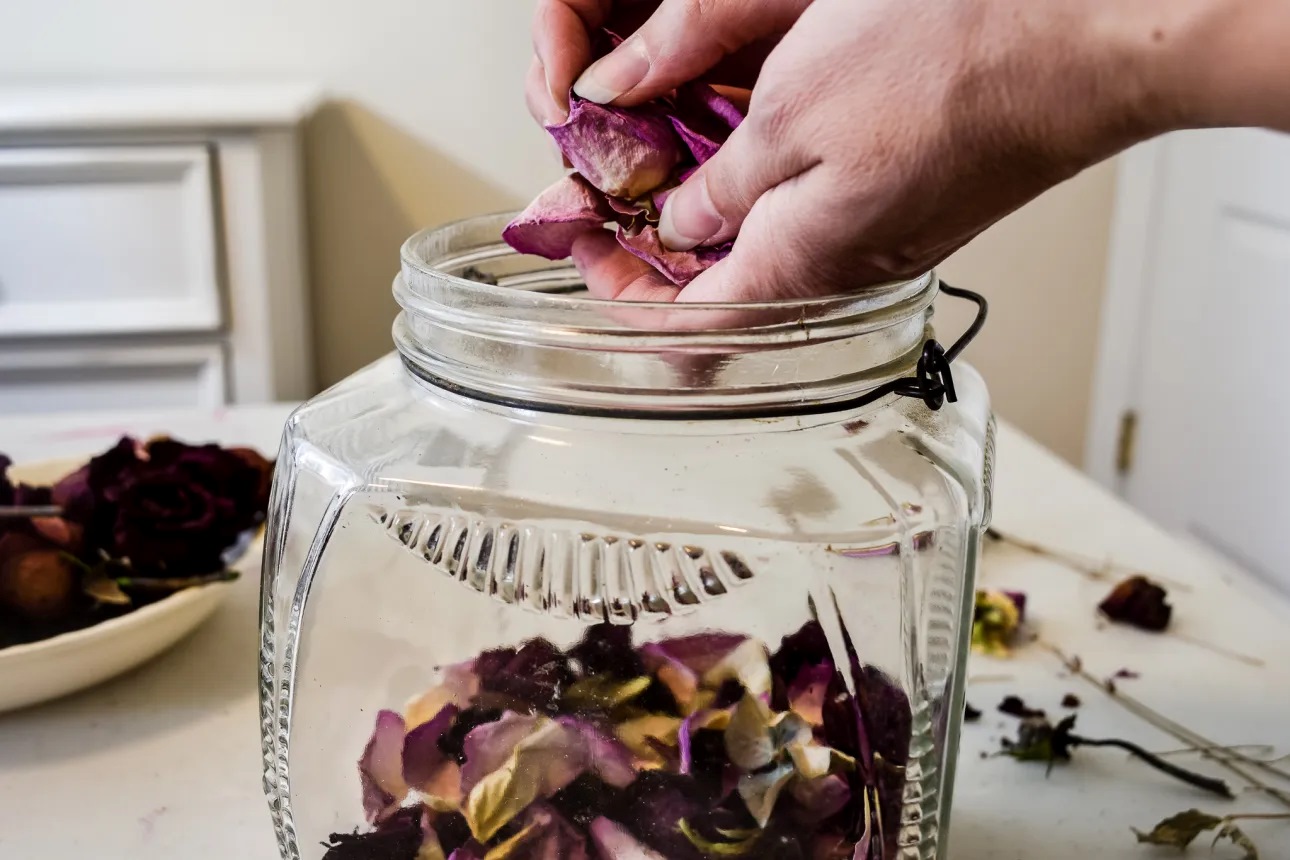


0 thoughts on “How Do You Prune Groundcover Roses?”